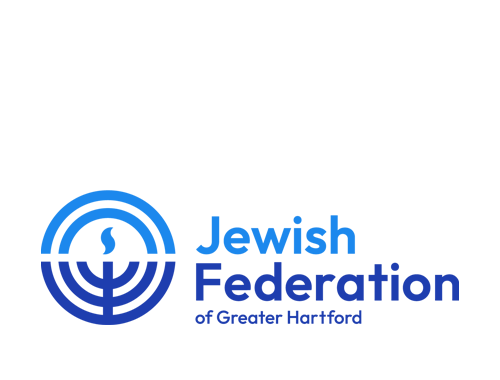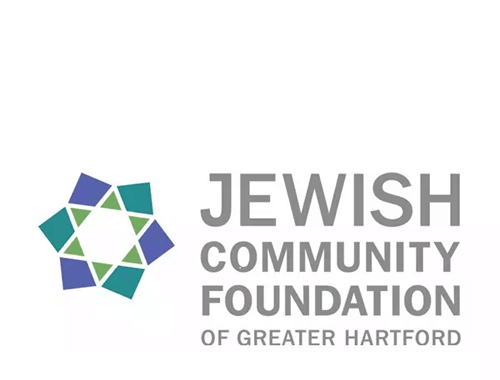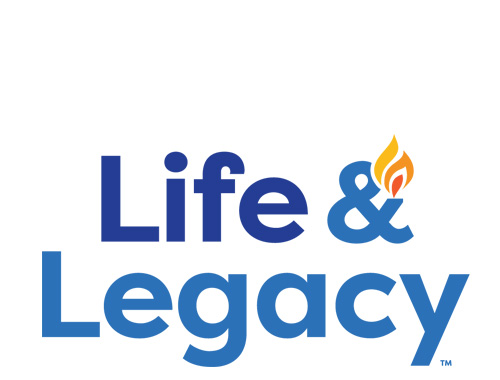Schechter Shavua: February 14, 2022
What Does Plant Reproduction Teach Us about Human Inheritance?
The Bogrimscience class (8th grade) dissected and labeled flowers as part of their investigation about plant reproduction, traits and inheritance. This week, they eagerly broke out the forceps, probes, and magnifying glasses to dissect flowers. Their ultimate investigation will question whether or not they can use plants to study inheritance in people. For this lab, students examined the different reproductive parts of a flower, drew diagrams of their findings, and reassembled the parts into a labeled diagram. In upcoming lessons, students will consider similarities and differences in plants and humans to come to a conclusion about whether plants could be used to study inheritance in people.
As always, students practice lab safety techniques that will serve them well as they move on to high school science next year.
Click HERE to see photos of the lab about plant reproduction and other science experiments at Schechter!
When is Pushing Encouraged in K-1 Students?
The Parparim and Tsiporimclasses (K-1) are nearing the end of their "Pushes and Pulls" science unit, in which they learned about motion, speed, direction, bumps, and how to be an engineer. They learned that objects move with speed and direction because of a force exerted on them. Then our young scientists learned how objects and motion can change direction because of another force. For the culminating project, partners planned and created a marble slide that causes a marble to change direction at least once before reaching the intended finishing point. Students used cardboard slides and modeling clay to create the track their marbles had to follow, making modifications as needed throughout this trial and error process.
Check out PHOTOS and a VIDEO that demonstrates how students learn through trial and error.
Study Skills That Keep Students Engaged in their Learning
 In science class, Habonimstudents (grades 6-7) are applying study skills techniques that can also be used in other subjects. As students reviewed information from their science unit on light, they had three card piles: Question, Answer, and Evidence. They would flip over a question card, read it, and try to match it with the evidence and answer cards from the activities they did in class. For example, if the question was "How does light travel?" the answer would be "Light spreads out in all directions from a source in straight lines" and the evidence would be "We used light detectors to track light in all directions. We also saw that light is blocked by objects and forms shadows by traveling in straight lines by the edges of the object." It was a fun way for students to review their materials together!
In science class, Habonimstudents (grades 6-7) are applying study skills techniques that can also be used in other subjects. As students reviewed information from their science unit on light, they had three card piles: Question, Answer, and Evidence. They would flip over a question card, read it, and try to match it with the evidence and answer cards from the activities they did in class. For example, if the question was "How does light travel?" the answer would be "Light spreads out in all directions from a source in straight lines" and the evidence would be "We used light detectors to track light in all directions. We also saw that light is blocked by objects and forms shadows by traveling in straight lines by the edges of the object." It was a fun way for students to review their materials together!
Solomon Schechter Day School
of Greater Hartford
26 Buena Vista Road
West Hartford, CT 06107
© Solomon Schechter Day School of Greater Hartford | Site design Knowles Kreative




